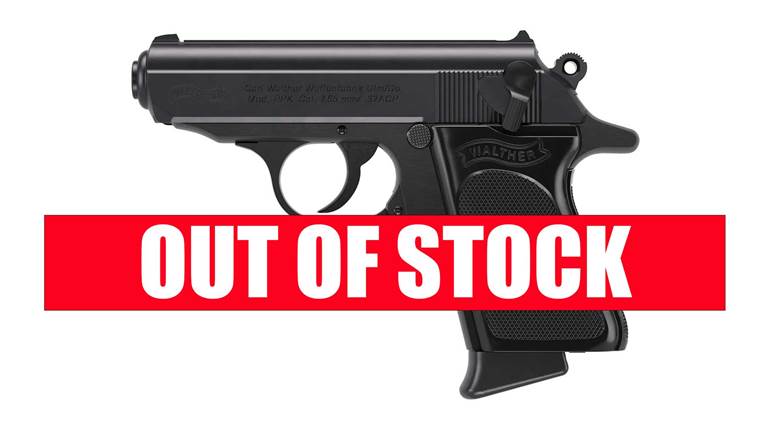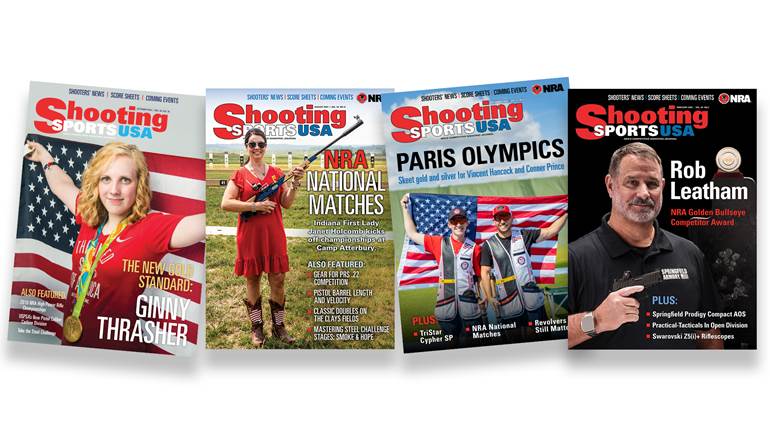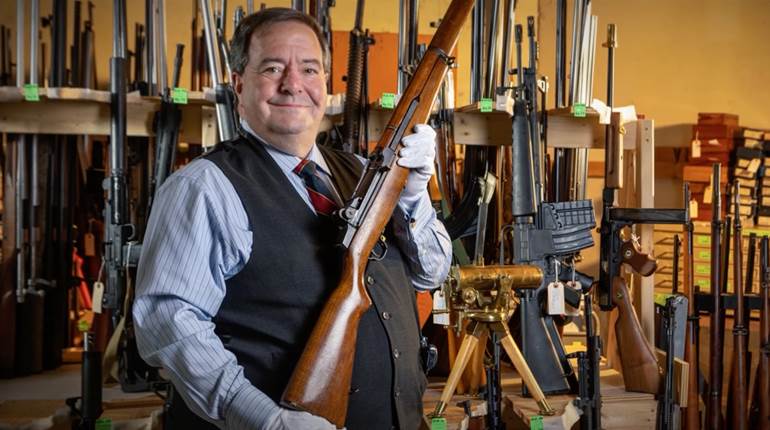Try as I may to think of something comparable, I can’t come up with anything to match the staggering surge in popularity of the AR-platform rifleover the past few years. Glock comes to mind, but the Austrianpolymer guntook at least a decade (starting in 1985) to solidly grab the law enforcement handgun market. The 1911 is another possibility, but the growth in sales of Old Slab Sides has been incremental, not like therecent rocket of the AR.
Back in the '80s, I had an AR. One. It had a triangle fore-end. I remember when the round fore-end came out and thought the gun looked a bit more modern, but I didn't buy another. It wasn't until 1989 when laws limiting or banning AR sales emerged that I bought two more "Colt Sporters."
Even so, the AR wasn't cool. It was a notable rifle because it's derived from our military issue M16, but no one was buying ARs in any great numbers. It wasn't the flavor of the month.
My, how that's changed! According to a report in American Rifleman , which cited BATF production figures, more than 337,000 ARs were made in 2008accounting for 22 percent of the total non-exported long-gun production for the entire U.S. firearms industry. That was 2008. I’ll go out on a limb here and predict that 2009 will top 500,000 ARs with the buying surge thatkicked in after the Presidential election.
A half-million guns is a staggering number. Remington makes about a half-million guns a year on average. So does Smith & Wesson. And now you have a single style of rifle accounting for what will probably be one-third of total rifle production in 2009 if this plays out the way it should.
What goes up must (theoretically) come down, and we know that AR sales have dropped since mid-2009. Nonetheless, the horse is out of the barn and he’s away and galloping. And this AR stallion has legs!
One of the most significant side-effects of the AR’s amazing rise to stardom is its acceptance as a hunting rifle. Scorned by many as inappropriate for hunting, the AR has emerged as an outstanding varmint rifle and, in larger calibers like 6.8 Rem., a viable deer gun. Both the NRA and the National Shooting Sports Foundation (NSSF) strongly support the use of the AR for hunting. Never again will the AR be relegated to second-class status as "unsuitable" for hunting.
So what caused this change in the AR's image?
We can’t simply chalk it up to the fact that the military is using an AR. The military adopted the Beretta 92F in 1985 and there’s never been any particular panic to rush out and buy the Italian 9 mm. The M1A has enjoyed a loyal following over the years, but it’s still a niche gun favored by a small number of enthusiasts. No sudden surge in sales there either.
Clearly, the Clinton rifle ban scared gun owners and when it sunsetted in 2004, many made a point of not getting caught flat-footed again. But this was four years before the frenetic buying wave set in.
A confluence of factors led to the rise of the AR. First, gun owners did indeed engage in panic buying after Obama's election. Second, enough shooters had taken to the range with ARs to realize what great rifles they really are and decided to add to their collection as part of the whole “ammo shortage” buying binge.
Third, the industry has fundamentally changed in that several of the big gunmakers—notably Remington, Ruger and Smith & Wesson—are now much more tuned to meeting quarterly numbers than before and the surest way to sales is to make product for which there is already a clearly identifiable demand. Jump on the AR bandwagon, in other words.
Lastly, the ease of manufacturing the AR led to a plethora of small companies piecing together guns from vendor-produced components.
Will we see a half-million ARs made in 2009? That’s my guess, but we’ll have to wait until next year when BATF releases the numbers to find out. In the meantime, I just bought another AR from Knight’s Armament, the SR 15 E3. I really needed another AR, you know what I mean?





































